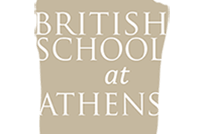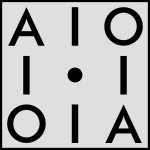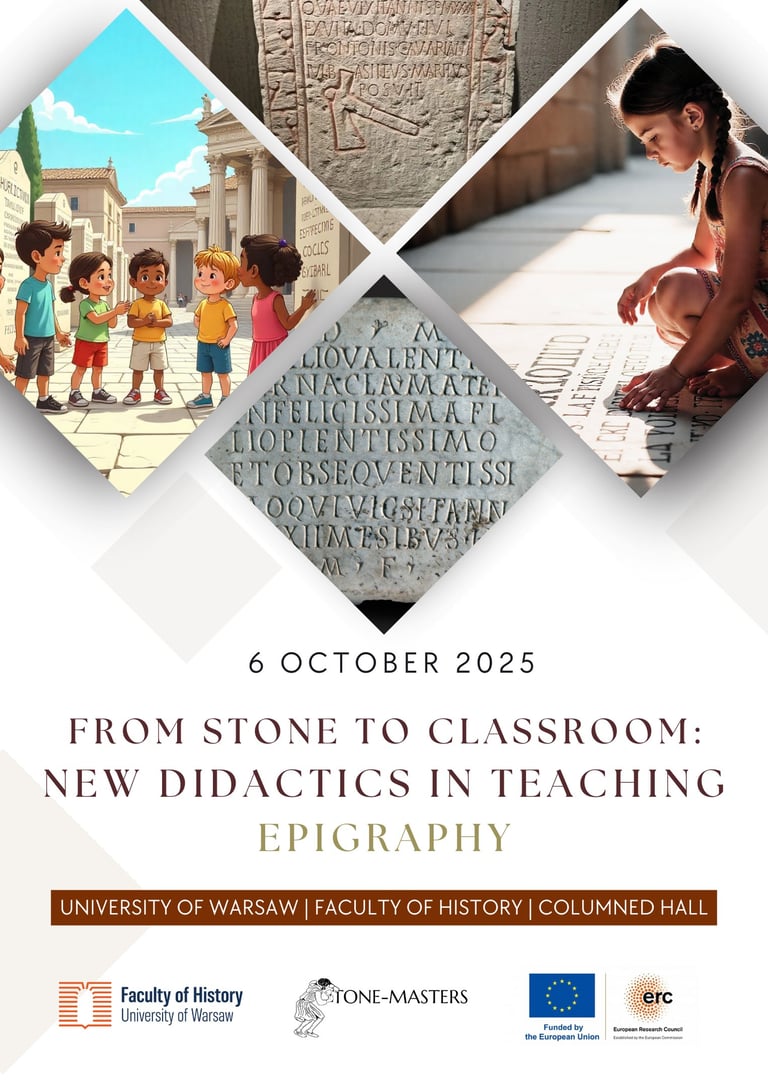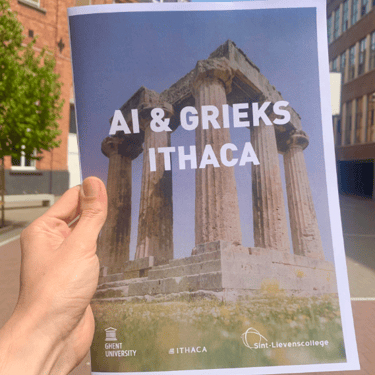The Society is keen to help Schools with resources on epigraphic topics, so with that in mind we have collated numerous epigraphic resources on this page. Please contact Charlotte Bell if you are interested in advertising your epigraphic resource with BES!
Access Dr Anna P. Judson's video where she speaks about her research at the British School at Athens on how the clay tablets, used to write records in the Linear B writing system in Bronze Age Greek palaces, were made. Suitable for use by teachers with the accompanying activity sheet for students to make and write their own Linear B tablet. Greek and English subtitles available/με υπότιτλους στα ελληνικά και αγγλικά. To access the worksheet in English, Click Here, for Greek, Click Here
Greek Resources
Over the course of 40 to 50 minutes, explains why Greek inscriptions, and especially archaic Greek inscriptions, seem impenetrable even to students who have been taking Greek for several years. Through a series of worked examples (with clues / help), encourages participants to 'have a go' and to demonstrate that much progress can be made. Context of each example and its wider significance are explained. Workshop suitable for students who can read the Greek alphabet but can be pitched at an elementary level (e.g. those currently learning Greek to GCSE).
These resources, consisting of teachers’ notes and slides for classes, underline the textual and visual potential of inscriptions for those engaged with learning about ancient Greek history and civilisation. The idea of an inscription being carved and read “in real life” is a way of fostering the curiosity of students about the past. Accordingly, through inscriptions, learners benefit from the bringing to life of the ancient world, perhaps in a way that helps it seem less abstract and initially less complicated. At the same time, we hope that introducing students at pre-18 level to inscriptions will encourage them to explore ancient source material of their own accord, and will help them to ‘bridge the gap’ into University study if they chose to pursue it. Worksheets and projects for schools, arranged to match the different qualifications: Key Stage 1 and 2; Key Stage 3; GCSE Classical Civilisation; GCSE Ancient History; A-level Classical Civilisation; A-level Ancient History; Scottish Qualifications. Resources are also available on the website for teachers to provide ideas for lessons.
The Virtual Reality Oracle (VRO) project, led by Professor Esther Eidinow, uses modern resources to explore the ancient world. It aims to enhance historical understanding of ancient Greek oracle consultation and the oracle of Dodona. It is also exploring the role of VR in classrooms, museums and cultural settings; and bringing a richer understanding of sensory processing and brain activity in users of VR.
Teaching Projects & AI by Robbe Wulgaert
Robbe Wulgaert provides teaching resources that incorporates AI into the classroom. The Muses and Robots teaching project introduces students to epigraphy, introduces AI and machine learning, allows students to read the text in translation, and allows for the discussion of the Muses. A workbook is included within this project, for further guidance and to access the workbook you can contact Robbe here.
Latin Resources
The Ashmolean Latin Inscriptions project produced a range of free education resources and activities. These can be used for teaching both Latin language and Roman Life topics to a range of age groups. Includes a guide for teachers to teaching Latin inscriptions with accompanying activities to introduce Latin inscriptions to their pupils; lessons to learn the Latin imperative, using real examples from inscribed sling bullets; teach the Latin Dative using real Roman tomb stones. Resources for projects and craft activities linked to Roman life topics for GCSE. Primary school resources include craft ideas, Roman numerals, Roman religion.
Roman Inscriptions of Britain in Schools by Professor Alex Mullen and Scott Vanderbilt
Roman Inscriptions of Britain Online https://romaninscriptionsofbritain.org/ was begun in 2014 by Scott Vanderbilt and since 2017 has been part of the LatinNow and the Roman Inscriptions of Britain in Schools projects. It now includes every published inscription from Roman Britain, whether on a tiny fragment of pottery or monumental stone, with powerful searching options. A series of companion resources have been developed to work with the national curriculum key stages 2-5, including information about how to use the website, themes to explore, and resources for KS5 OCR ancient history: https://romaninscriptionsofbritain.org/schools/about. Teachers' guides are also provided. These materials were produced with Classics for All and are designed to create a broader-based local history accessible to all.
LatinNow resources by Professor Alex Mullen and team
The LatinNow project, funded by the European Research Council (grant no. 715626), explored the Latinization, local languages and literacies of the western provinces. A project blog with many posts about epigraphy can be found here: https://latinnow.eu/. The LatinNow project data can be found on the public webGIS: https://gis.latinnow.eu/. One of the several layers presents 130,000 epigraphic records curated by the project. This GIS can be used to support research and teaching on the western provinces, alongside the open access book: https://academic.oup.com/book/58982.
A video about Roman writing equipment by Alex Mullen and Dr Anna Willi can be found here: https://www.youtube.com/watch?v=G63lMb4Gh9c&t=260s. Anna Willi went on to star in a series of videos in German about wax tablets: https://lisa.gerda-henkel-stiftung.de/tabulae_ceratae_episode1.
The LatinNow team produced videos about Reflectance Transformation Imaging, including on imaging the Vindolanda tablets with a dome: https://youtu.be/bLnyDdwlhOk?si=12EN4kmOt3mH_4l- and using the highlight kit in the field: https://www.youtube.com/watch?v=psS9vbdoyiY&t=17s.
Worksheets on military communication and curse tablets from the LatinNow project can be found in several languages here: https://latinnow.eu/online-resources-2/teaching-and-learning/
Conferences
Talks will cover topics including traditions and challenges of teaching ancient history, epigraphic storytelling with children and teaching epigraphy in secondary education. The conference will take place at the University of Warsaw, however you can attend remotely via Zoom. To register for online attendance, Click Here. To view the programme for the project, please Click Here.


How to make a Linear B Tablet by Dr Anna Judson


Reading Greek Inscriptions Workshop by Dr Peter Haarer


Attic Inscriptions Online Papers by Professor Peter Liddel & Dr Christopher de Lisle

An Immersive Experience of the Ancient Greek Oracle at Dodona by Professor Esther Eidinow
Ashmolean Latin Inscriptions Project





Epigraphy
Promoting research and workshops in epigraphy.
Community
© 2025. All rights reserved.